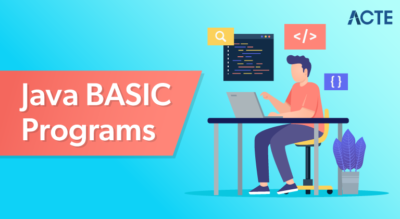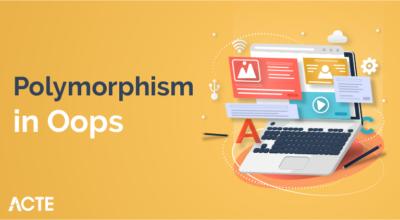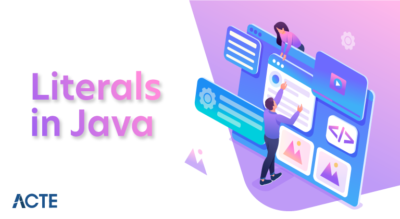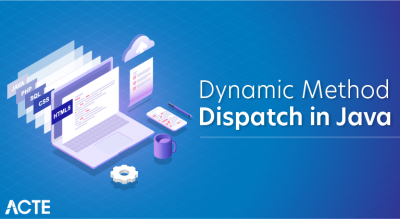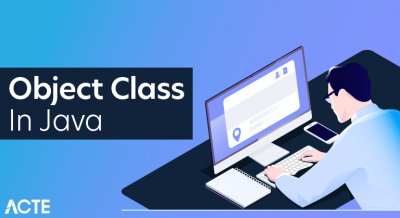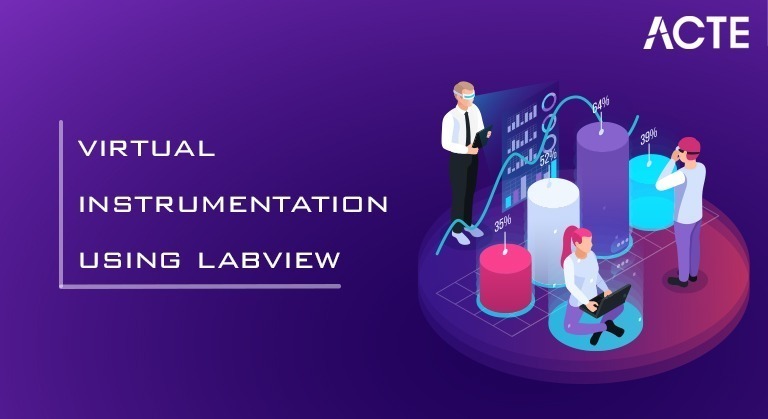
A virtual instrument consists of an industry-standard computer or workstation equipped with powerful application software, cost-effective hardware such as plug-in boards, and driver software, which together perform the functions of traditional instruments.
- Introduction
- Virtual Instrumentation
- Virtual Instruments Vs Traditional Instruments
- The product in Virtual Instruments
- LabVIEW for Virtual instruments
- Dataflow programming
- Graphical programming
- Advantage of Virtual Instrumentation
- Analysis of Virtual Instrumentation
- Components of Virtual Instruments
- Conclusion
Introduction :-
When building applications or items, it is fundamental to have the right situation that meets the application needs. In the course of the most recent twenty years, PCs have been taken on at a high rate. The engineer’s necessities consistently will more often than not change. The framework that they work on ought to be adaptable to fabricate their answers. Thus, they need a framework that addresses their issues without supplanting the whole gadget. Research facility Virtual Instrument Engineering Workbench (LabVIEW) from National Instruments is an advancement climate where we can make inventive graphical charts. In this post, we will provide you with a nitty gritty comprehension of virtual instrumentation. We will likewise give a clarification of how virtual instruments are unique in relation to conventional instruments. Release us ahead into the subtleties.
- Virtual instrumentation is the most common way of consolidating business advances like C, with estimation and control equipment. This produces frameworks that live up to the assumptions of uses for architects and researchers. The business standard framework that is constructed utilizing the incredible application programming and financially savvy equipment like module sheets is known as a virtual instrument.
- These virtual instruments empower specialists and researchers to test, control, and plan applications. Albeit the circuit innovation has progressed so much, it is the product that uses the genuine capability of making virtual instruments. They give ways of advancing and diminish costs. Virtual instruments are fundamental for item and interaction plan, advancement, and conveyance.
- With virtual instrumentation, architects can make client characterized instruments that assist with expanding efficiency, exactness, and execution. LabVIEW speeds up the advancement by utilizing emblematic or graphical portrayals.
Virtual Instrumentation :-
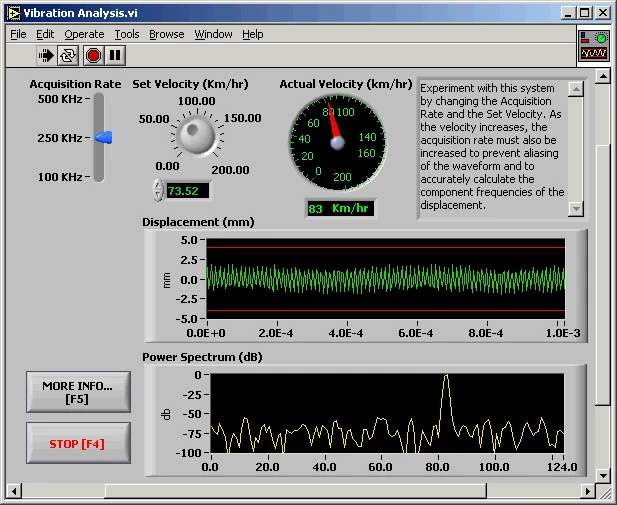
Virtual Instruments Vs Traditional Instruments :-
Customary instruments oscilloscopes and waveform generators are worked to perform undertakings characterized by the seller. So the client can’t play out their redid undertakings. The instruments are created with hardware that fits the idea of the instrument. The unique innovation utilized in building these instruments is costly, making the general instrument pricey.
1. As virtual instruments are PC-based, it exploits the most recent innovation previously worked inside the PCs. Unlike the conventional instruments with handles and switches, the virtual instruments incorporate incredible processors like Pentium 4 and a working framework like Windows, Mac OS, and so forth. They likewise make it conceivable to get to the web.
2. A customary instrument incorporates a coordinated circuit that plays out a bunch of undertakings. In a virtual instrument, these capacities are performed by the product. So the engineers can broaden the functionalities without any problem.
3. The conventional instruments have restricted availability. The virtual instruments have availability to organizations, applications, and peripherals.
4. The conventional instruments have fixed functionalities. The functionalities of virtual instruments influence PC innovation.
5. The virtual instruments have a superior showcase with shading profundity and pixel goal than customary instruments.
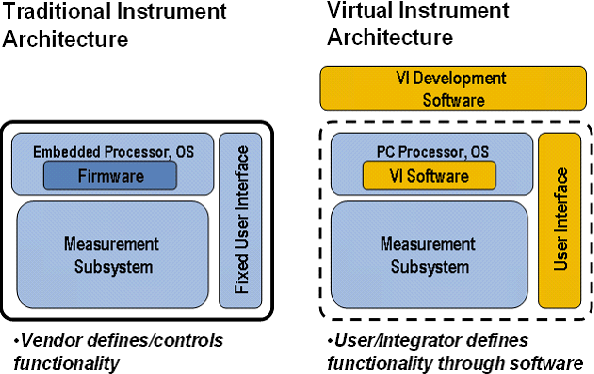
- The critical part of a virtual instrument is the product. With the right programming, engineers can configure, make applications, and coordinate schedules that the cycle needs. They can likewise make a UI that suits the requirements of the application and the clients. They clarify how the application peruses the information from the gadget, how it processes, controls, and stores the information, and how it presents the information back to the client.
- Knowledge and dynamic capacities can be incorporated into the virtual instruments with the goal that it adjusts to the sign changes. It can likewise indicate when handling power is required. The product additionally gives particularity. At the point when designers work on a venture, they partition the errand into a few sub-assignments. A virtual instrument can be worked with decreased conditions to address these subtasks and afterward join them to make up the principle task.
The product in Virtual Instruments :-
LabVIEW for Virtual instruments :-
LabVIEW gives an application advancement climate that is planned explicitly to address the issues of researchers and designers. It offers an interface with different equipment and programming that make it simple for virtual instrumentation. It gives a graphical programming climate to engineers. By utilizing this graphical UI, engineers can make custom virtual instruments.
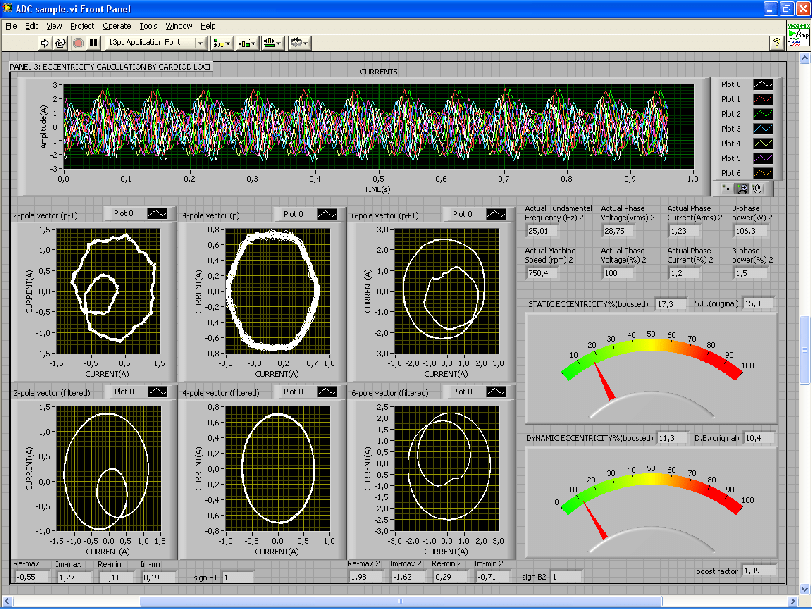
Dataflow programming :-
The programming language utilized in LabVIEW, called “G”, is a dataflow language. Execution is controlled by the construction of a graphical square chart (the LV-source code) on which the software engineer associates diverse capacity hubs by drawing wires. These wires spread factors and any hub can execute when all its feedback information becomes accessible. Since this may be the situation for a considerable length of time at the same time, G is innately equipped for equal execution. Multi-handling and multi-stringing equipment is consequently taken advantage of by the implicit scheduler, which multiplexes numerous OS strings over the hubs prepared for execution.
Developers with a foundation in ordinary programming regularly show a specific hesitance to take on the LabVIEW data flow plot, guaranteeing that LabVIEW is inclined to race conditions. As a general rule, this stems from a misconception of the information stream worldview. The previously mentioned dataflow (which can be “constrained”, ordinarily by connecting information sources and results of hubs) totally characterizes the execution grouping, and that can be completely constrained by the software engineer. Hence, the execution arrangement of the LabVIEW graphical sentence structure is too characterized similarly as with any literarily coded language like C, Visual BASIC, and Python and so on Besides, LabVIEW doesn’t need type meaning of the factors; the wire type is characterized by the information providing hub. LabVIEW upholds polymorphism in that wires consequently acclimate to different kinds of information.
Graphical programming :-
LabVIEW ties the creation of UIs (called front sheets) into the progression cycle. LabVIEW programs/subroutines are called virtual instruments (VIs). Each VI has three sections: a square diagram, a front board and a connector sheet. The last choice may address the VI as a subVI in block diagrams of calling VIs. Controls and markers on the front board license an overseer to enter data into or separate data from a running virtual instrument. Regardless, the front board can moreover fill in as a programmed interface. Along these lines a virtual instrument can either be run as a program, with the front board filling in as a UI, or, when dropped as a center point onto the square chart, the front board describes the information sources and results for the given center point through the connector sheet.
This gathers each VI can be easily attempted before being introduced as a subroutine into a greater program. The graphical technique furthermore allows non-designers to manufacture programs simply by migrating virtual depictions of the lab gear with which they are at this point normal. The LabVIEW programming environment, with the included models and the documentation, works on it to make little applications. This is a benefit on one side yet there is similarly a particular danger of misjudging the fitness needed for extraordinary quality “G” programming. For complex estimations or tremendous degree code the software engineer really should have a wide range of data on the exceptional LabVIEW language structure and the topography of its memory. The most outstanding LabVIEW headway systems offer the shot at building autonomous applications. Besides, it is attainable to cause scattered applications which to pass on by a client/server plan, and subsequently is easier to execute due to the intrinsically approach nature of G-code.
- One advantage of LabVIEW over other improvement conditions is the broad help for getting to instrumentation equipment. Drivers and reflection layers for various sorts of instruments and transports are incorporated or are accessible for consideration. These current themselves as graphical hubs. The deliberation layers offer standard programming interfaces to speak with equipment gadgets. The driver interfaces save program advancement time. The attempt to seal the deal of National Instruments is, consequently, that even individuals with restricted coding experience can compose 5 projects and convey test arrangements in a decreased time period when contrasted with more customary or contending frameworks.
- Another equipment driver geography (DAQmxBase), which comprises for the most part of Gcoded parts with a couple of register calls through NI Measurement Hardware DDK (Driver Development Kit) capacities, gives stage free equipment admittance to various information obtaining and instrumentation gadgets. The DAQmxBase driver is accessible for LabVIEW on Windows, MacOSX and Linux stages. As far as execution, LabVIEW incorporates a compiler that produces local code for the CPU stage.
- The graphical code is converted into executable machine code by deciphering the grammar and by arrangement. The LabVIEW grammar is totally implemented during the altering system and gathered into the executable machine code when mentioned to run or after saving. In the last option case, the executable and the source code are converged into a solitary document. The run-time motor diminishes accumulated time and furthermore gives a steady interface to different working frameworks, realistic frameworks, equipment parts, and so on The run-time climate makes the code compact across stages. By and large, LV code can be slower than comparable incorporated C code, albeit the distinctions regularly lie more with program streamlining than intrinsic execution speed. Numerous libraries with countless capacities for information securing, signal age, science, measurements, signal molding, examination, and so on, alongside various graphical interface components are given in a few LabVIEW bundle choices.
- The LabVIEW Professional Development System permits making independent executables and the resultant executable can be appropriated a limitless number of times. The run-time motor and its libraries can be furnished openly alongside the executable. An advantage of the LabVIEW climate is the stage autonomous nature of the G-code, which is (except for a couple of stage explicit capacities) versatile between the distinctive LabVIEW frameworks for various working frameworks (Windows, MacOSX and Linux). Public Instruments is progressively zeroing in on the capacity of sending LabVIEW code onto an expanding number of targets including gadgets like Phar Lap OS based LabVIEW ongoing regulators, PocketPCs, PDAs, Field Point modules and into FPGAs on unique sheets. There is a minimal expense LabVIEW Student Edition focused on instructive foundations for learning purposes. There is additionally a functioning local area of LabVIEW clients who convey through a few email gatherings and Internet discussions.
Advantage of Virtual Instrumentation :-
Engineers can make graphical projects, control chosen programming, dissect information, and show the outcomes. They can modify and incorporate handles, fastens, dials, and diagrams that copy control boards. The designers can likewise address the control and activity of cycles through graphical portrayal (block charts). LabVIEW works in libraries to incorporate independent instruments, information gadgets, vision items, movement controls, and much more.
- Likewise, as of form 8, all LabVIEW introduces expect clients to contact National Instruments by Internet or telephone to “enact” the item. The expanding reliance on the merchant proposes conceivable protection and information security concerns. For instance, albeit National Instruments guarantees the interaction is “secure and unknown” the quick ramifications is that a legitimate however secretly introduced occurrence of LabVIEW appears to be presently preposterous. Nonetheless, assuming National Instruments were to leave business, the LabVIEW code is escrowed and would be delivered to people in general, thus there would be no worries over initiation. This would imply that, with the current framework, the client would presently don’t have the option to get to their code base just as specific arrangements of filed information. Building an independent application with LabVIEW requires the Application Builder part which is incorporated with the Professional Development System yet requires a different buy if utilizing the Base Package or Full Development System. Arranged executables delivered by the Application Builder are not really independent in that they likewise necessitate that the LabVIEW run-time motor be introduced on any objective PC on which clients run the application. Albeit this run-time motor can be uninhibitedly downloaded from National Instruments’ site, this additional necessity is rather than other aggregated dialects, for example, C, where an independent executable record can be made, run and dispersed without the requirement for extra documents or establishment systems.
- These prerequisites can create issues assuming an application is dispersed to a client who might be ready to run the application however doesn’t have the tendency or authorization to introduce extra records on the host framework preceding running the executable. The requirement for an independently introduced LabVIEW run-time motor makes the turn of events and appropriation of genuinely compact applications utilizing LabVIEW troublesome. There is some discussion concerning whether LabVIEW is actually a broadly useful programming language (or at times whether it is actually a programming language by any means) rather than an application-explicit improvement climate for estimation and robotization. Pundits highlight an absence of elements, normal in most other programming dialects, like local recursion and, until form 8.20, object arranged elements. While it is feasible to compose complex applications in LabVIEW that include no estimation or mechanization, it isn’t the most ideal for the assignment.
Analysis of Virtual Instrumentation :-
LabVIEW is an exclusive result of National Instruments. Dissimilar to normal programming dialects, for example, C or FORTRAN, LabVIEW isn’t overseen or determined by an outsider principles board of trustees like ANSI. Getting a completely viable and modern LabVIEW stage requires buying the item. There is a development to make client characterized expansions for the improvement climate at OpenG.org however an underlying acquisition of LabVIEW is as yet required. Presently there is no open source, free programming or elective business program that can carry out any part of G-code.
- Front Panel – It is the UI through which the clients connect with the virtual instrument.
- Block Diagram – It is like a stream graph, which incorporates the code to control the program.
- Symbol/Connector – It determines the association between a virtual instrument with another.
- At the point when the program is run, the clients can give inputs and notice the given information being refreshed continuously. The qualities through the square outline are gone through wires or terminals. To begin or stop a program, or some other capacity, controls can be utilized. The result information can be shown through thermometers, lights, and some other markers.
Components of Virtual Instruments :-
With LabVIEW, engineers utilize a graphical programming language with intuitive symbols for making virtual instruments. LabVIEW utilizes information stream programming, where the execution request is indicated by the progression of information. A virtual instrument contains 3 sections.
Conclusion :-
LabVIEW is an extraordinary instrument for engineers to establish virtual conditions. It gives control, work, and different ranges with graphical symbols that can be utilized in either the front board or the square outline. With the many inherent libraries and functionalities, designers can construct their own virtual instruments on an open system, and keep up with them as long as possible.

